If your early morning smoothies have your housemates reaching for noise-cancelling headphones, it’s time to soundproof your blender.
With some simple sound dampening techniques, you can contain that loud blender grinding and whirring so everyone in your home can coexist in blending harmony.
Let’s dive into the methods for creating a peaceful, quieter blending experience no matter the time of day.
Why Soundproof Your Blender?
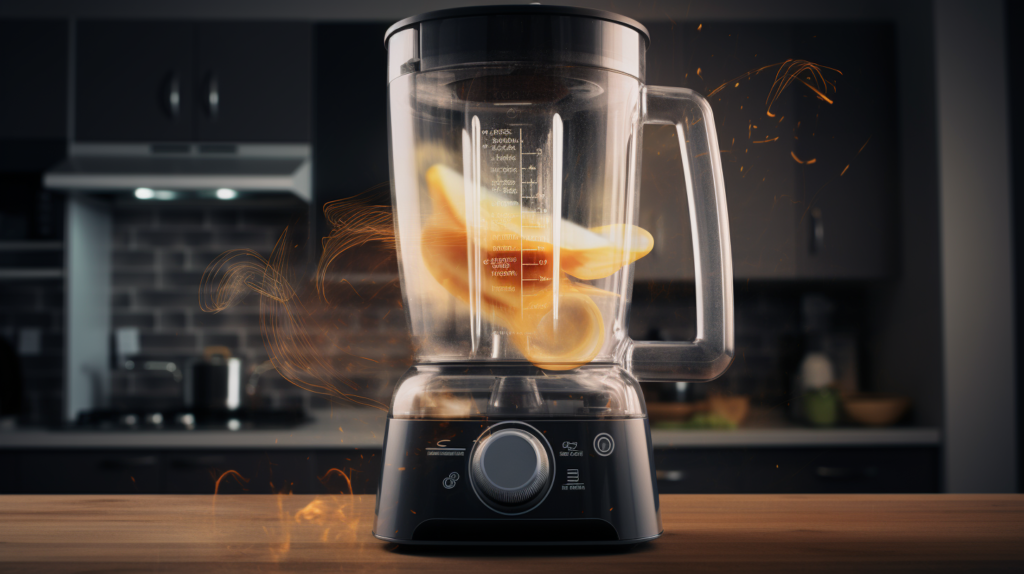
Blenders can be very loud appliances, especially when crushing ice or frozen ingredients to make smoothies and other chilled drinks.
The high-pitched whirring and grinding noises a blender makes when churning through tough foods can be disruptive to others if you share a household.
Trying to blend early in the morning before work or late at night after dinner means putting your blender to use during hours when housemates may be sleeping.
Even blending during daytime hours can intrude on activities like work video calls if your kitchen is close to home offices.
Soundproofing your blender allows you the freedom to whip up frozen margaritas for a weekend party or make your daily protein shake anytime without disturbing the peace and quiet of your housemates.
Implementing some simple sound-dampening techniques helps contain the noise so you can blend to your heart’s content any time of day without being confined to midday hours or forced to tiptoe around your own kitchen.
Location, Location, Location
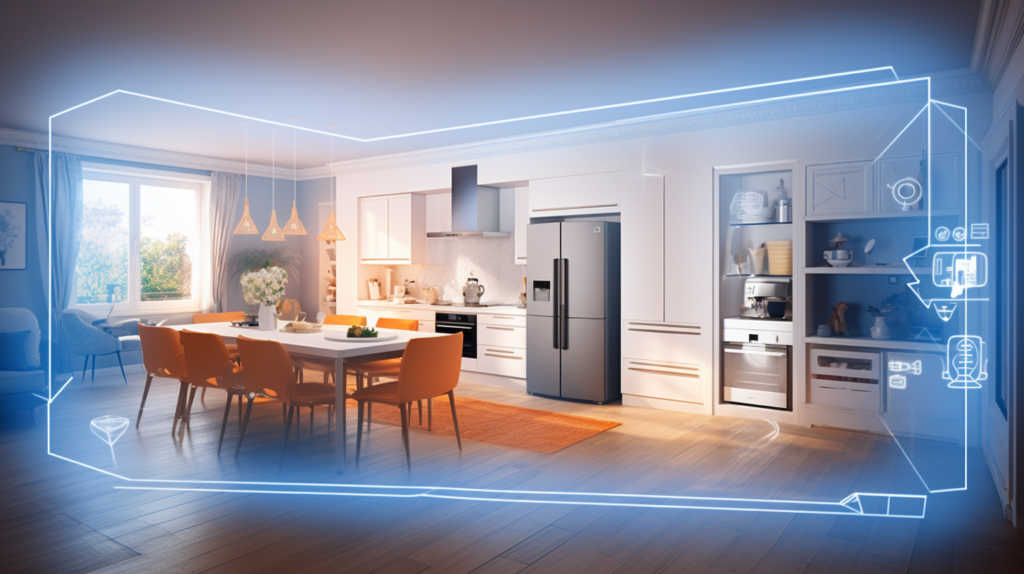
One of the easiest ways to reduce blender noise disturbing others in your home is to put some distance between it and common areas like living rooms or bedrooms.
The kitchen is often a natural choice since food preparation typically happens there, but proximity to frequently used parts of the house should factor in.
For example, a kitchen that shares a wall with your roommate’s home office or is directly above your downstairs neighbor’s living room will transmit more blender noise than one nestled away from foot traffic.
Consider moving your blender station as far from adjoining rooms as possible, like on the kitchen counter against the back wall rather than close to doorways.
For maximum noise blocking, opt for an interior room without windows where sounds have nowhere to escape outside and reverberate down hallways.
Basements, laundry rooms, and pantries can allow you to blend in isolation since the multiple walls, floor and ceiling help deaden noise.
Be aware of plumbing pipes running through walls though, as vibrations from the blender can travel along them to echo in distant rooms.
The best locations place as much physical structure between the blender and other living spaces to provide acoustic separation.
This grants you free rein over blending times without waking up housemates or interrupting their activities.
Create Your Own Blender Soundproof Box
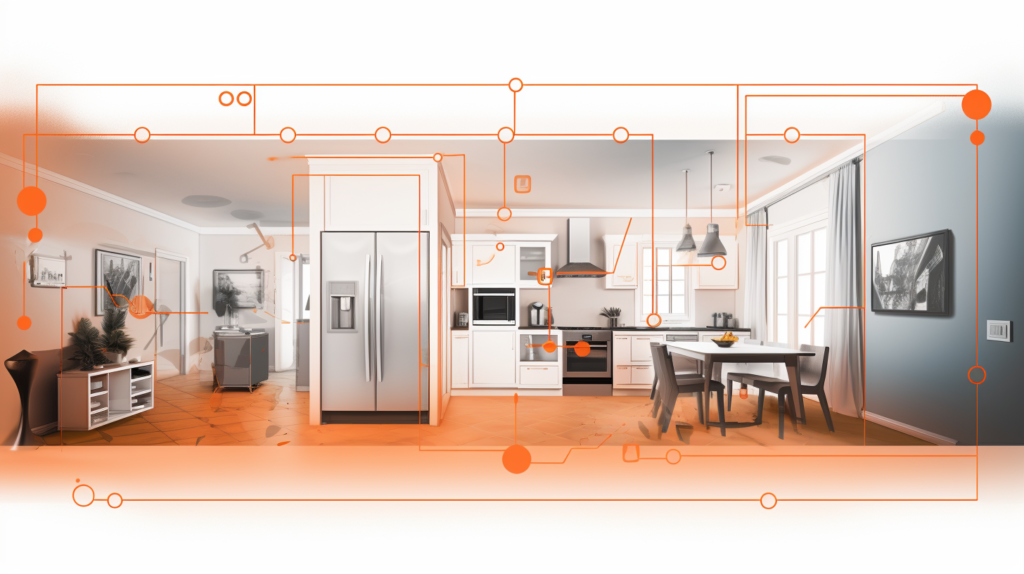
Making your own DIY soundproof box is an easy and affordable way to contain blender noise. Follow these steps:
1. Place your blender on top of a rubber mat that is at least 1-inch (30mm) thick. This mat should be large enough to fit the entire base of the blender.
The dense rubber material will absorb vibrations from the blender motor and base to prevent excess noise transfer.
Look for rubber mats made specifically for sound dampening and vibration isolation. Gym flooring tiles or equipment mats work well.
2. Find a plastic storage bin or tub that is large enough to fully enclose your blender with some extra space.
It should be several inches wider and deeper than your blender base to leave room for lining the interior.
Make sure the bin is tall enough to completely cover the blender jar and any protruding parts on top. Clear plastic lets you see inside while opaque plastic hides the interior.
3. Line the bottom and sides of the plastic bin with additional 1-inch (30mm) thick rubber mat cut to size.
Use a utility knife to trim the mats so they fit snugly inside. The mat lining will dampen any remaining noise and vibration from inside the box.
For a sturdier option, use stall mats made for horse stalls. The thick dense rubber blocks sound extremely well.
4. If desired, add mass loaded vinyl (MLV) sheets inside for even more noise blocking. MLV contains dense pellets that impede sound transmission.
Lining the tub with a single layer of MLV combined with the rubber matting creates excellent acoustic insulation.
5. The plastic tub should have a lid that fits securely. Cut a hole in the lid just big enough for your blender jar to fit through.
The lid isolates the noise inside the box while allowing you to operate the blender as normal.
6. Place the lined tub over your blender before use to contain noise and disturbances. The simple DIY box provides effective soundproofing so you can blend without bothering housemates.
Schedule Quiet Blending Times

When you live with roommates or family members, exercising some courtesy goes a long way in keeping the peace when it comes to noisy appliances.
No amount of sound dampening lets you blend away at full power in the wee hours of the morning without some grumpy, sleep-deprived complaints.
Set some reasonable limits on blender usage based on the location of your kitchen and insulation efforts.
Blending during typical breakfast hours when everyone is up and about anyway is ideal.
Later morning or early afternoon periods when your housemates are at work allow cover from background noise to mask blender whirring.
Having an acute awareness of other people’s schedules and activities throughout the house helps identify times when they are least likely to be disturbed, like avoiding blending while your roommate is on a conference call in the next room.
A general rule of thumb is to plan longer or louder blending tasks for daytime hours as much as possible.
Giving housemates a friendly heads up before embarking on raucous blending sprees shows consideration too.
A quick “Hey, I’m going to make some frozen margaritas, the blender might get loud for a few minutes” demonstrates you are conscious of potential impacts.
For night owls wanting smoothies after dinner, consider hand shaking or using the pulse button to stagger the noise instead of continuous max blending.
Knowing when to show restraint helps prevent turning into the inconsiderate roommate with the obnoxiously loud blender everyone hates.
Invest In A Quieter Blender
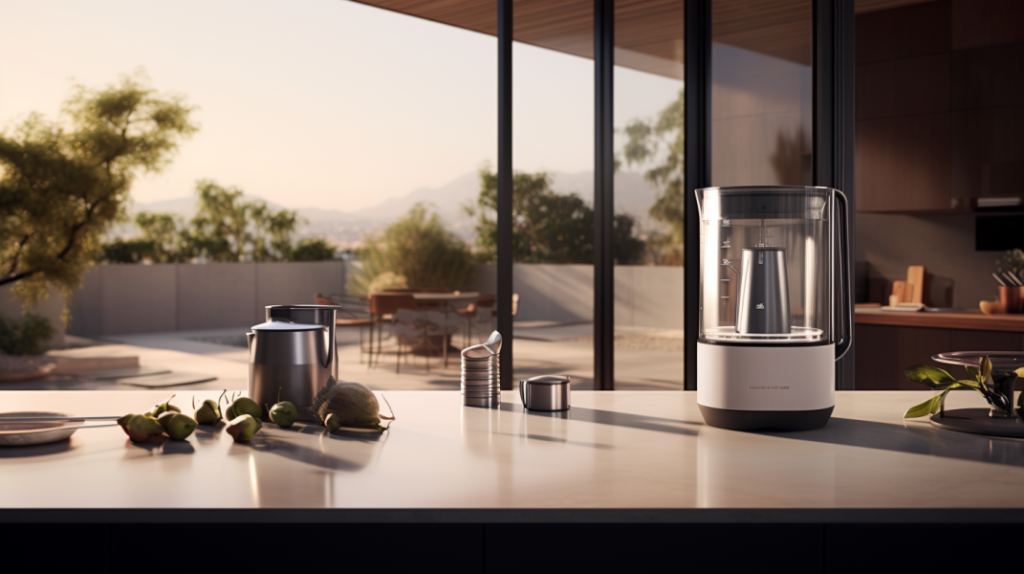
If you find standard blenders too noisy despite your best efforts, purchasing one designed to operate more quietly may help restore domestic harmony.
Models equipped with advanced sound-dampening technology blend with less racket and disturbances.
Enclosed blenders house the motor base and spinning blades inside an insulated casing rather than out in the open.
This prevents noise from freely radiating outward. The base can sit surrounded by noise-absorbing materials tuned to the motor’s acoustic frequency to block unpleasant whining pitches.
Some lids seal tightly against the blender jar with a gasket, trapping noise inside.
Powerful motors that reach optimal blending speed quickly also reduce noise. Slowly ramping up to the desired RPMs extends the duration of that irksome grinding whirr versus a fast spin-up.
Sturdy bases with effective vibration damping prevent the whole blender from rattling against the countertop during use.
If purchasing a new quiet blender is not in your budget, check reviews of existing models for noted noise levels before selecting one.
Often the noise produced has more to do with the blender design rather than just higher wattage ratings. Do research to find options specifically engineered for quieter performance.
This small investment upfront saves you and your housemates future grief over disturbing blender noise issues.
Maintain Your Blender
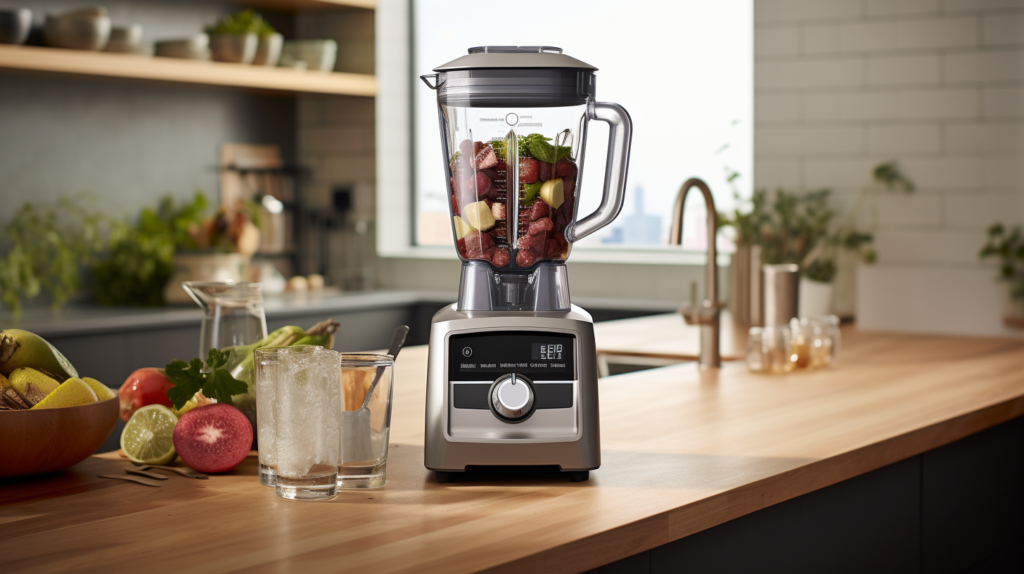
No matter what type of blender you use, proper maintenance optimizes its function and reduces noise production.
As internal parts wear over time, excess vibration and louder blending can result. Simple regular upkeep steps minimize these issues.
Replace gaskets around the blades as they deteriorate from prolonged exposure to food particles which degrades the rubber. Worn gaskets allow the lid to vibrate loosely during blending.
Tightening parts back down overtime causes bolts and fasteners to stretch and lose tension. Occasional tightening with a wrench ensures a snug fit between components again.
Check that rubber pads beneath the blender stay securely adhered and level. If they detach or become unbalanced, tilting and vibration occurs.
Keep these support pads clean to maintain optimal shock absorption rather than muffled by food buildup.
The blades themselves also require maintenance for quiet performance. Regular sharpening removes small nicks in the cutting edges that aggravate cavitation and turbulence during blending.
Follow manufacturer advised sharpening techniques to avoid damaging the blades by overfiling them. Proper blade geometry aligned to tight factory specifications keeps blending efficient and smooth.
Finally, preventing ingredient buildup through regular cleaning improves functionality.
Food lodged under the blades throws off balance while gunk accumulation in the coupling and drive socket adds vibration. Both these conditions increase noise, so keeping the inside surfaces of your blender pristine extends its whisper quiet life.
Conclusion
Blenders allow preparing delicious and nutritious chilled drinks, soups, sauces and more. But their loud noise can create an unwanted disturbance in shared living spaces.
Thankfully, a few simple sound dampening techniques help contain blender noise for harmonious co-existence with housemates.
Strategic location away from common areas, sound-absorbing materials around the station, and considerate blending schedules reduce annoying noise.
For stubborn cases, investing in an enclosed quiet blender model or performing standard maintenance provides additional sound suppression.
With some mindful effort, your blender no longer needs to be the elephant in the room your roommates resent. You can truly have your cake and eat it too, or in this case, blend it and drink it in peace.
